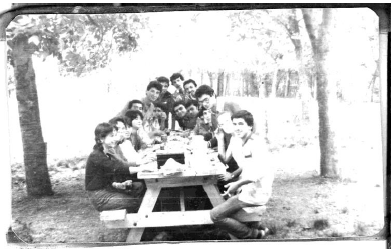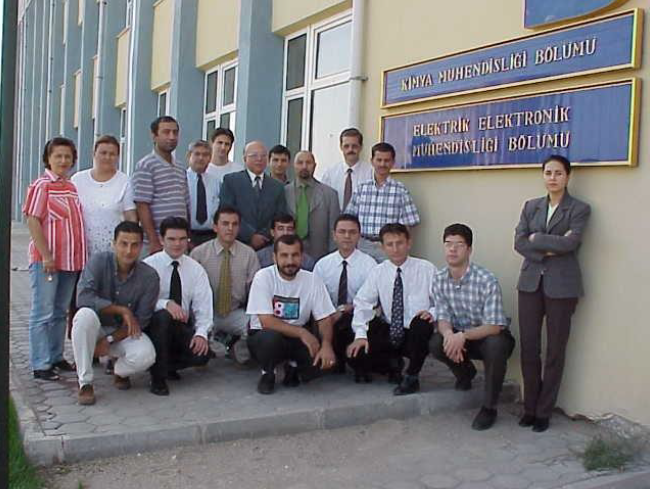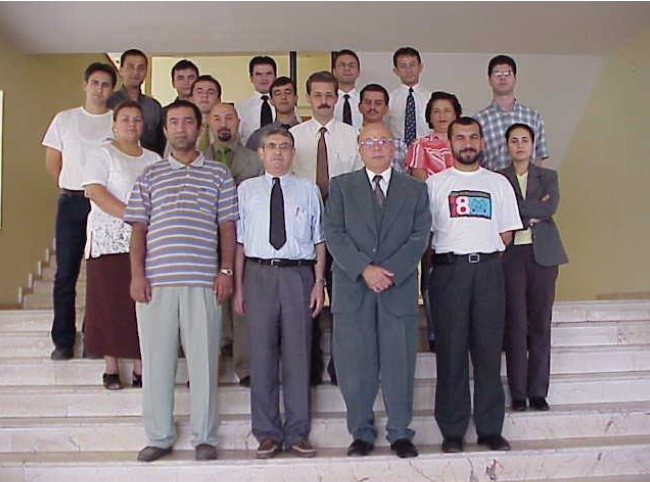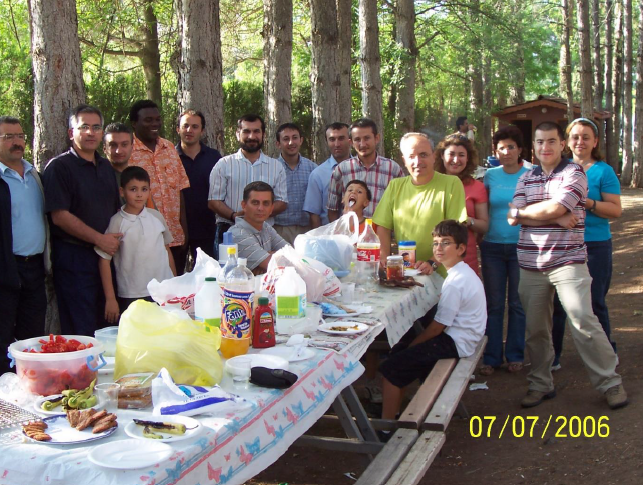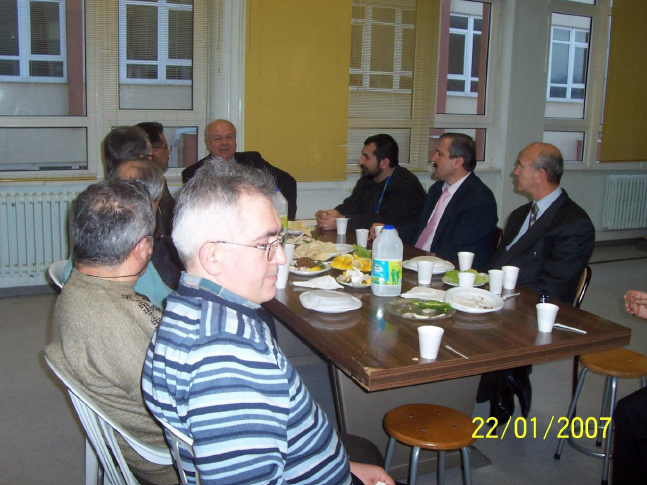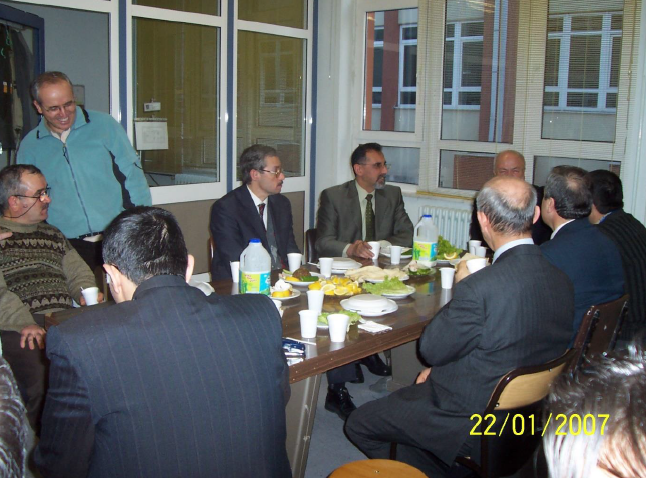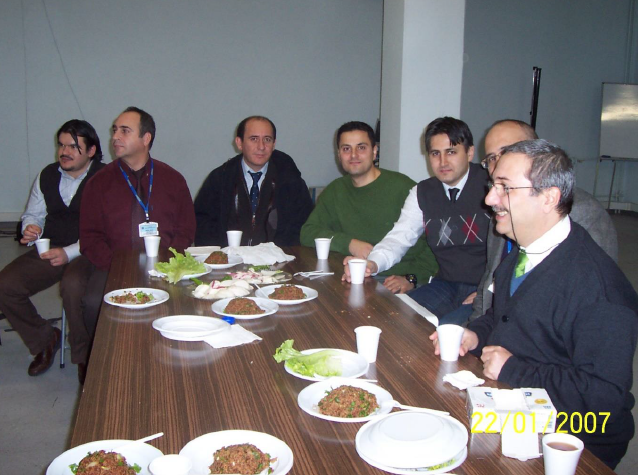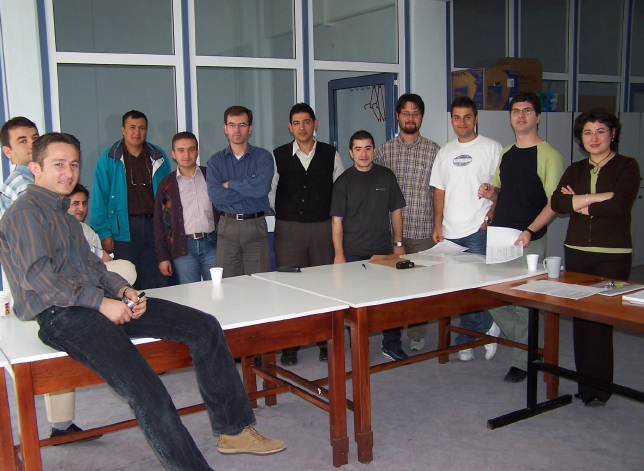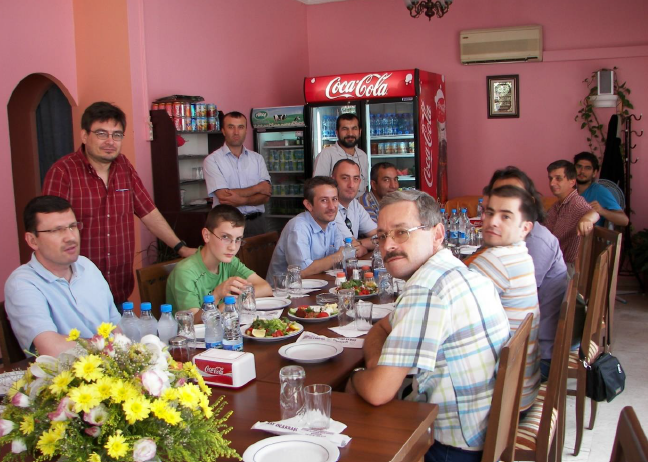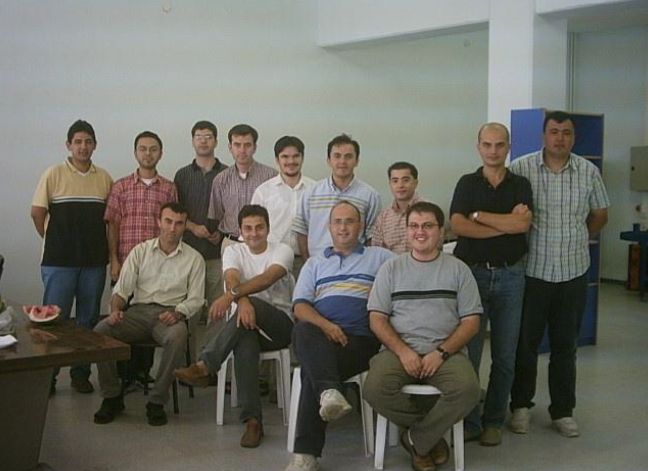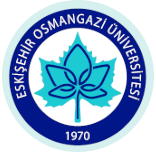Department History
Eskisehir Osmangazi University Electrical and Electronics Engineering Department was founded in 1980 as a part of Eskisehir Academy of Engineering and Architecture. In 1982, following the establishment of Anadolu University, the department was joined College of Engineering and Architecture of Anadolu University. Due to the extensive growth of Anadolu University, several colleges and departments including the Electrical and Electronics Engineering Department were separated from Anadolu University to form Osmangazi University in 1993.
The instruction in the Electrical and Electronics Engineering Department has been in English since the beginning of 1993-1994 academic year.
Some details of the history of the department is given below.
The establishment of the Department of Electrical and Electronics Engineering at our university will be described by Prof. Dr. Atalay BARKANA within the framework of the following defining historical stages:
i. Between 1974 and 1980,
ii. Between 1980 and 1983,
iii. Between 1983 and 1993,
iv. Between 1993 and 2004
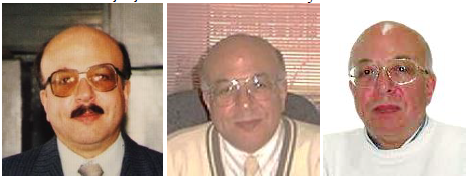
Prof. Dr. Atalay BARKANA
Between 1974 and 1980
Efforts to establish the department took place over these years. Born in Eskişehir, I, Atalay BARKANA, continued my studies in Eskişehir until the end of high school and then enrolled in Robert College in Istanbul on a scholarship. I completed my undergraduate studies in the Department of Electrical Engineering there in 1969. Later, I was granted a research assistant scholarship at the University of Virginia in the United States and completed my master's and doctoral studies. I completed my postdoctoral studies at the same university for approximately one year and returned to Eskişehir in October 1974.
At that time, Eskişehir had two academies, one teacher’s college (Eğitim Enstitüsü), and one college (Yüksek okul). One of these academies was the Eskişehir State Academy of Engineering and Architecture (EDMMA), and the other was the Eskişehir Academy of Economic and Commercial Sciences (EITIA). The college also housed the School of Foreign Languages. The previously established Hastaş Private School of Pharmacy and Chemical Engineering had been transferred to EITIA. At that time, two engineering departments had been opened and began teaching at EDMMA: Mechanical Engineering and Civil Engineering. Upon joining the faculty, I had two duties: first, to teach Electrical Engineering courses to students in these departments, and second, to recruit and recruit other faculty members to the Academy so that the Department of Electrical Engineering could be established. Within a few days of taking office, I was also required to teach in the Chemical Engineering Department, which had been established within Hastaş College and transferred to the academy. Due to the student amnesty law passed around that time, the student population there was close to 500. I had to form four classes of 125 students and repeat the same course four times a week. Because evaluating the large number of exam papers would be extremely challenging, I prepared and administered multiple-choice exams. This situation occasionally distracted me from my primary duties.
When one of my primary responsibilities became finding new faculty, I first began searching for qualified individuals in and around Eskişehir who shared my background. I don't remember exactly how many people I contacted, but I was successful in finding only one of them: my older brother, Atila Barkana. Like me, he had graduated from Robert College and completed his master's and doctorate at the University of Virginia. He started working at EDMMA about a year after me. The other students weren't particularly interested in coming to Eskişehir to take on the position. The reason was clear: Engineering Academies appeared to be academically inferior to other universities in Istanbul, Ankara, and Izmir. Those who had studied abroad wanted to pursue their careers at these prestigious universities. Therefore, finding qualified faculty was virtually impossible.
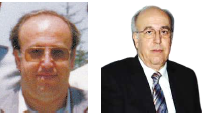
Prof. Dr. Atila BARKANA
Almost all courses in the Mechanical and Civil Engineering departments offered at EDMMA were taught by respected faculty members from Ankara and Istanbul universities, who came one or two days a week to teach their courses and then returned to their universities. Furthermore, the assistants who assisted in these courses were part of the department staff. We also visited the Department of Electrical Engineering at Middle East Technical University (METU) and interviewed the faculty there to see if we could do something similar. However, the Electrical Engineering faculty were reluctant to come to Eskişehir. We couldn't force anyone to come to our classes. Ultimately, we tried to recruit young people, especially those pursuing their master's degrees at METU and Istanbul Technical University (ITU), who volunteered to come to Eskişehir. Some of these individuals became permanent in later years: Osman Parlaktuna and M. Bilginer Gülmezoğlu came from METU; Salih Fadıl, Atıf Çay, and Metin Burnak came from ITU. I would like to respectfully acknowledge the support of our esteemed EDMMA President, Prof. Dr. Suat Mirza.

Prof. Dr. Suat MİRZA
Meanwhile, we were also continuing the process of establishing the first student laboratory (Electrical Circuits) and recruiting technicians. Finally, in 1979, the EDMMA Academic Council convened, and the decision was made to open the Electrical Engineering Department. However, we, the Barkana brothers, had stipulated that we would not accept students in 1980. The reason was simple: We couldn't find anyone to teach courses outside of the subjects we both knew. However, no one listened to us, and we began classes with our first students in October 1980.
Between 1980 and 1983
The number of students who started our first classes was around 25. This figure was somewhat refreshing for us. As the Barkana brothers, we decided to establish a distinctive and resounding educational system in our country. Electrical Engineering Departments were among the most open to development worldwide. There weren't many resources written in Turkish, even on fundamental subjects, let alone on emerging topics. It was doubtful that students from departments with limited written resources would become successful engineers. Therefore, it would be wise to first enroll new students in an English language preparatory class and use English as much as possible in subsequent courses. However, we were informed that the founding law of the State Engineering Academies stipulated a four-year undergraduate education period, and that it was impossible to extend this period. There was still a solution that could save us, or rather, our prospective students, from this situation. The curriculum at the State Engineering Academies was set at 30 hours per week. In other words, the teaching system was based on classroom instruction. In our first year, we allocated 18 hours of English and 12 hours of Higher Mathematics per week to our curriculum. In the second year, English classes were reduced to 10 hours per week. Physics, Chemistry, and Mathematics were taught for the remainder of the program, and Circuit Analysis classes began during the remaining hours. Of course, the most challenging aspect of this implementation was that a small number of students in our department had taken German and French courses in their secondary education. We obtained petitions from these students requesting English courses and placed them in their files. We also started English courses from scratch.
Before we even had time to graduate our first graduates and witness our success, the Higher Education Law was enacted in 1982. This law not only established the Higher Education Council but also determined which existing higher education institutions would be consolidated under which university umbrella. Anadolu University's Faculty of Medicine and Science, which had previously operated at Eskişehir DMMA, Eskişehir ITIA, and Hacettepe University, were brought together under a single roof: Anadolu University. This was a positive development for us. But…
Between 1983 and 1993
After a while, the Council of Higher Education (YÖK), which has a central authority and over universities, reassigned standard names to previously established departments. Our department remained the Department of Electrical Engineering. However, according to the standard template, there were other universities with Electrical and Electronics Engineering Departments, and according to the standard curriculum determined by YÖK, our department should have been called the Department of Electrical and Electronics Engineering. We had to work hard to change this. A few years later, our name was finally the Department of Electrical and Electronics Engineering. However, we had to adapt to the new standard curriculum determined by YÖK. And we had to do this.
Now, our new faculty was called the Faculty of Engineering and Architecture, and our Dean was Prof. Dr. Musa Şenel. As our first move, our Dean appointed Atila Barkana as his assistant. I was appointed as the new Department Head. In the following years, Hamdi Atmaca joined our staff from the METU Gaziantep Campus. Hamdi Atmaca taught the Electronic Circuits course. We brought Halil Eyyüboğlu from Ankara to teach communications courses one day a week, and Veli Hüsnü Tokmen to teach digital circuits courses.
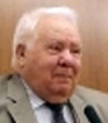
Prof. Dr. Musa ŞENEL
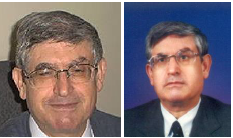
Prof. Dr. Hamdi ATMACA
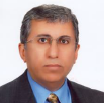
Prof. Dr. Halil Tanyer EYYÜBOĞLU
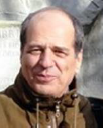
Dr. Veli Hüsnü TOKMEN
We sent young colleagues who had previously completed their master's degrees at METU and ITU to various universities in the United States to pursue doctoral degrees. These colleagues include Osman Parlaktuna, Salih Fadıl, and Atıf Çay. We also included our own graduates, Nihat Adar and Erol Seke, who are now assistants in the department, in this group. In addition to these colleagues, there were also some who unfortunately left but never returned. Additionally, three more individuals who had completed their master's and doctoral studies at various universities in the United States joined our staff: Altuğ İftar, Abdurrahman Karamancıoğlu, and Hasan Hüseyin Erkaya. Thus, our academic infrastructure was now firmly established.
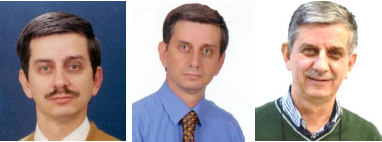
Dr. Osman PARLAKTUNA
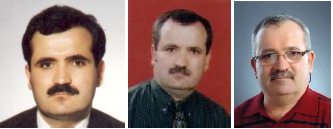
Dr. Salih FADIL
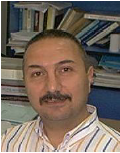
Dr. Atıf ÇAY
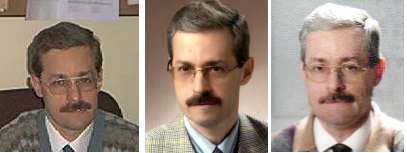
Dr. M. Bilginer GÜLMEZOĞLU

Dr. Nihat ADAR
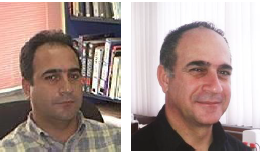
Dr. Erol SEKE
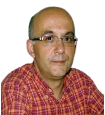
Dr. Doğan Gökhan ECE
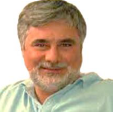
Dr. Altuğ İFTAR
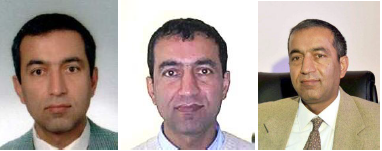
Dr. Abdurrahman KARAMANCIOĞLU

Dr. Hasan Hüseyin ERKAYA
Between 1993 and 2004
In 1992, the Council of Higher Education (YÖK) approved the Department of Electrical and Electronics Engineering to offer instruction in English. In 1993, work began on the English Preparatory School. One morning in 1993, we woke up to learn that Anadolu University had been split into two parts by a cabinet decree. All departments of the Faculty of Engineering and Architecture had been transferred to the newly established Osmangazi University. I found myself appointed Dean of this faculty at the new university. Two members of our department, Atila Barkana and Altuğ İftar, had transferred to Anadolu University. This departure was made with good intentions. In any case, a new faculty of engineering and a new Department of Electrical and Electronics Engineering would be established at Anadolu University. This sister department would create new opportunities for collaborative work. In this new era, the Department of Computer Engineering was opened under the umbrella of Osmangazi University's Faculty of Engineering and received its greatest support from the Department of Electrical and Electronics Engineering.
22.02.2022
----------------------
Prof. Dr. Atalay BARKANA transferred to the sister department established at Anadolu University in 2004 and retired in 2011.
Among the faculty members who served in the department before 1992 were Dr. Sıddık YARMAN and Dr. Faruk YARMAN.

Dr. Sıddık YARMAN

Dr. Faruk YARMAN
Our department's English Preparatory program was established under the leadership of Dr. Odilea Rocha ERKAYA. The Department of Foreign Languages was established in the third year of Osmangazi University's founding, and in the following years, preparatory education was provided by this department. Dr. Odilea Rocha ERKAYA was assigned to our department between 1997 and 2015, teaching non-technical elective courses.
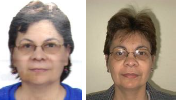
Dr. Odilea Rocha ERKAYA
Among the faculty members who joined our department in the early 2000s were Dr. Rifat EDİZKAN and Dr. Bünyamin TAMYÜREK. Our teacher, Bünyamin, has transferred to Gazi University.

Dr. Rifat EDİZKAN
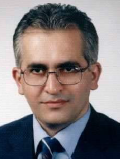
Dr. Bünyamin TAMYÜREK
In Memory of Our Beloved Professor Atila BARKANA
Written by: Benhar Aydoğan (Bademlik graduate, 1987)
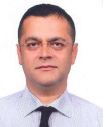
When I went to university, the building I would study in for four years seemed very cold to me. One side of the building was occupied by mechanical engineering, the other by our department. I found the stairs and banisters outdated. Frankly, I'd be lying if I said I wasn't a little disappointed. It's a cold country anyway, and classrooms with lots of windows struggle to stay warm, so I tried to sit as far away from the windows as possible. I'd arrive early and leave my notebooks on the desk to watch some lectures from the front rows. Especially at those times, when I'd enter a classroom that would be packed in 15 minutes, I didn't want to waste much time. So, I thought, the less time I had, the better. When we got to the main campus and saw the other faculties and departments, these thoughts intensified even more. I wondered why our faculty wasn't like the Cinema and Television Department or the Architecture Department on the Yunus Emre campus. During my four years of study, one of our professors held a special place in one of our classes. This professor (Prof. Dr. Atila BARKANA) would address the students as “siz” (formal “you”) when he entered the classroom and his lectures were incredibly clear. He was among the top three best lecturers I've ever seen. Our professor's son was even in our class, and our professor even addressed him as "siz." I even asked his son, Tamer, if they called each other "siz" at home. He laughed and said, "No, not that much." I can say that Professor Atila BARKANA played a significant role in the foundation of my perspective and analytical thinking. I last saw him at a graduation project presentation, and I learned that he passed away this week. The memory of this gentle man teaching in class came flooding back to me. It pained me. I wished I could have seen him again after graduation. However, I couldn't because he was on leave when I visited. Later, I realized there might be a valid reason for the engineering buildings, especially their high ceilings, gloom, and plainness, with faded walls. Perhaps this is done deliberately to prevent students from being distracted. In fact, the buildings we studied in weren't soulless. It was the professors themselves who breathed life and soul into them. I was honored and blessed to have met you. Thank you for instilling in me a love for the school and the profession. As an engineer, I can only express my feelings this deeply. May you rest in peace, my esteemed professor, who always deserves respect. May the earth not harm you, who left without hurting anyone.
February 27, 2022
Memories from the Past
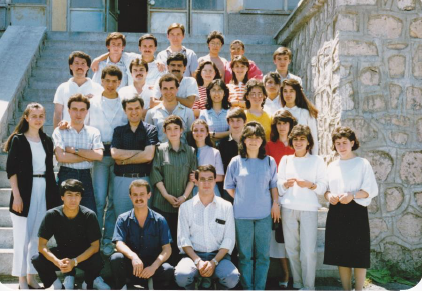
Department students, year 198x.
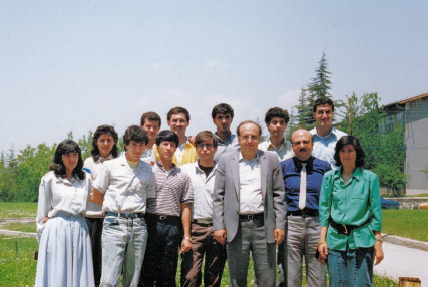
Atila Barkana and Atalay Barkana with Department Students 198x
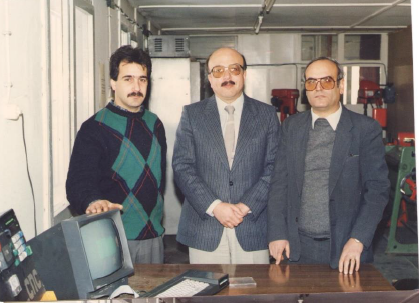
Erol Seke, Atalay Barkana, Doğan Erol, 1986 Bademlik Prefabrik Labs
